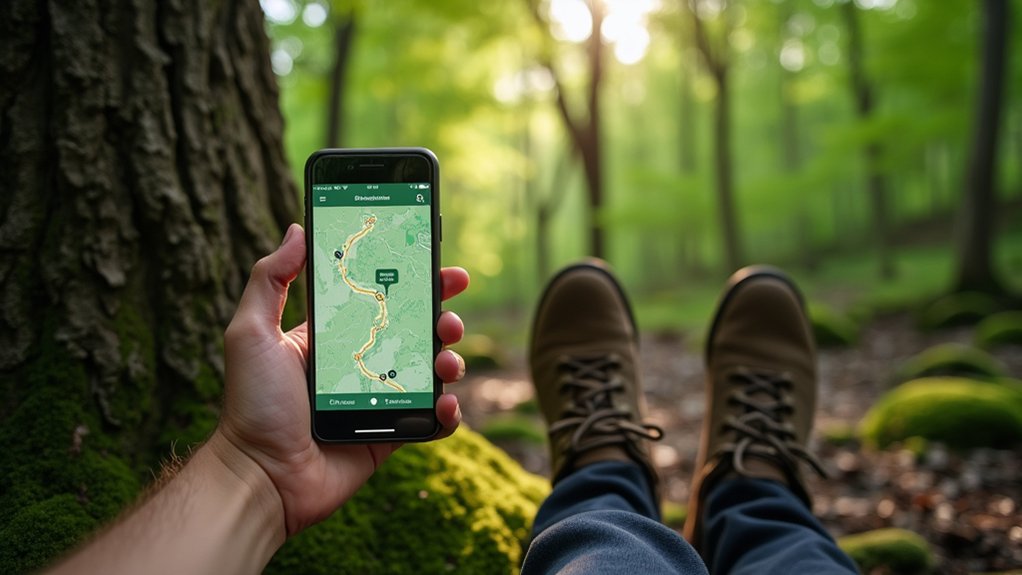Jack Dorsey’s latest venture into decentralized communication technology has sparked speculation about its potential applications beyond the obvious domains of protest coordination and disaster response—yet any connection to nature remains largely incidental rather than intentional.
Silicon Valley’s privacy revolution may find its truest purpose not in urban activism, but in the untamed wilderness its creators seldom visit.
Bitchat’s Bluetooth Low Energy mesh networking, designed for offline peer-to-peer communication within roughly 30-300 meters, could theoretically revolutionize how outdoor enthusiasts coordinate in remote locations, though Dorsey’s whitepaper makes no mention of environmental use cases.
The financial implications are intriguing: while venture capital typically flows toward apps promising nature connection (meditation platforms, hiking guides, conservation tools), Dorsey has created something potentially more valuable by accident. His focus on censorship resistance and privacy protection has inadvertently produced infrastructure that could transform wilderness communication—imagine research teams in national parks or emergency responders during natural disasters leveraging mesh networks where cellular towers fail.
The technical specifications reveal both promise and limitations. Store-and-forward messaging allows devices to relay encrypted communications without internet dependency, creating resilient networks in environments where traditional infrastructure crumbles. The app’s rapid development timeline, completed over a single weekend, demonstrates the potential for quick deployment in emergency scenarios where nature-based communication tools become critical.
However, the current text-only interface lacks environmental sensor integration, geolocation features, or wildlife tracking capabilities that would signal genuine nature-focused development.
Perhaps most telling is what Bitchat doesn’t include: no partnerships with conservation organizations, no citizen science features, no biodiversity reporting mechanisms. The app’s open-source architecture does enable community modifications, potentially allowing developers to layer nature-specific functionality onto Dorsey’s decentralized foundation—though whether anyone will invest resources in such niche applications remains questionable. Future versions will support Wi-Fi Direct, which could significantly expand the network’s range and capability in wilderness settings.
The privacy benefits for wilderness contexts are undeniable. End-to-end encryption protects sensitive expedition data, while the elimination of phone number requirements reduces personal information exposure in remote settings.
Yet one must wonder: did Dorsey inadvertently create the perfect tool for environmental activists operating in areas with heavy surveillance, or simply another mesh networking experiment that happens to work outdoors? Much like how decentralized communities in the tech space have proven resilient in overcoming challenges, mesh networks could provide similar stability for nature-based communication.
The irony persists that Silicon Valley’s most privacy-focused communication tool might find its killer application not in urban protest movements, but in the very wilderness settings that tech billionaires rarely experience firsthand.





